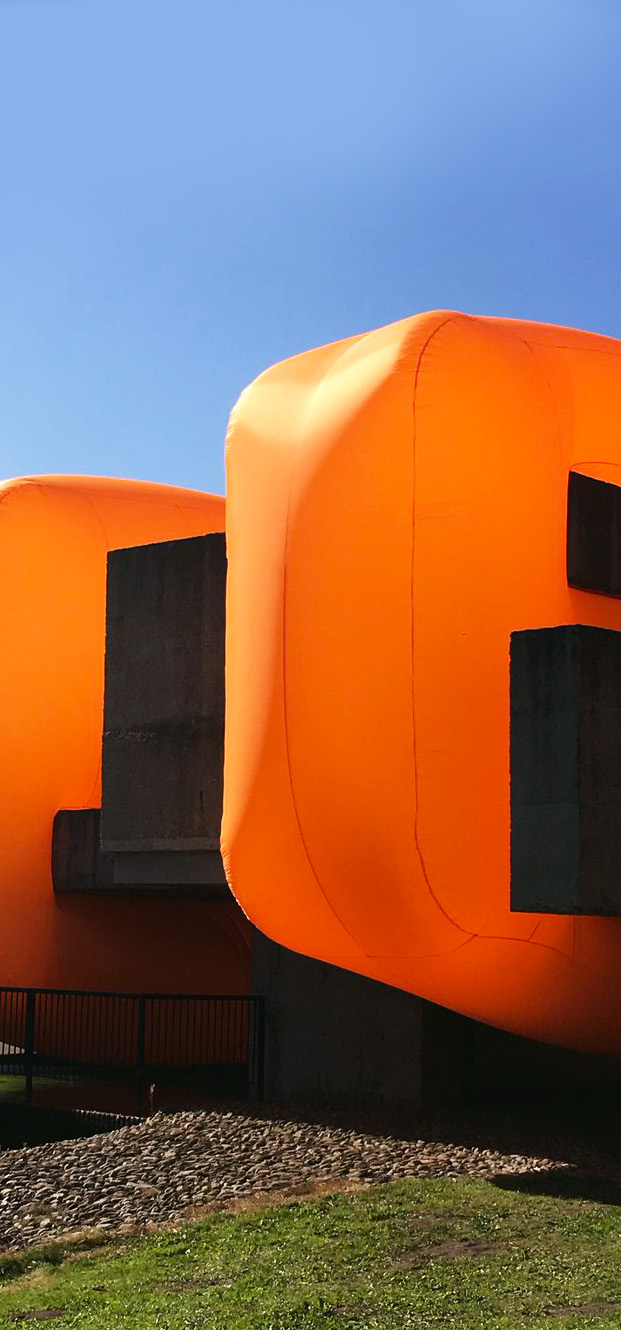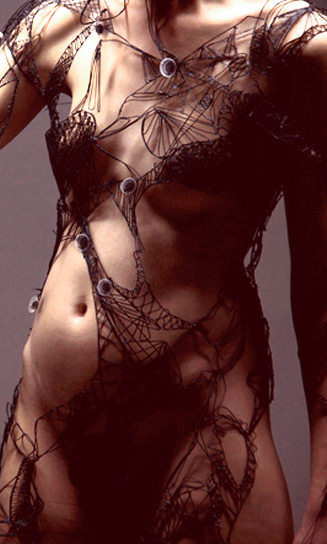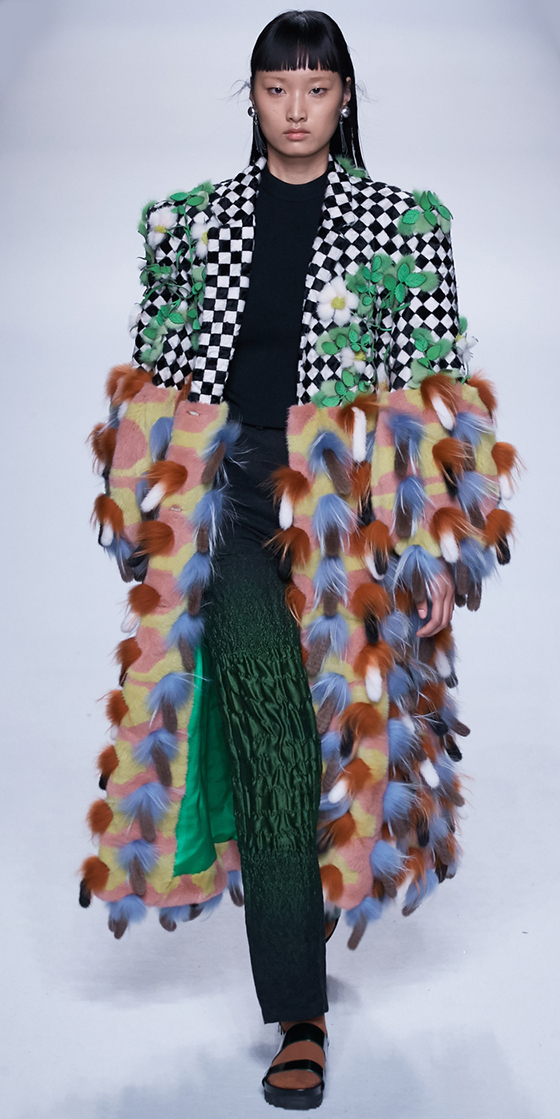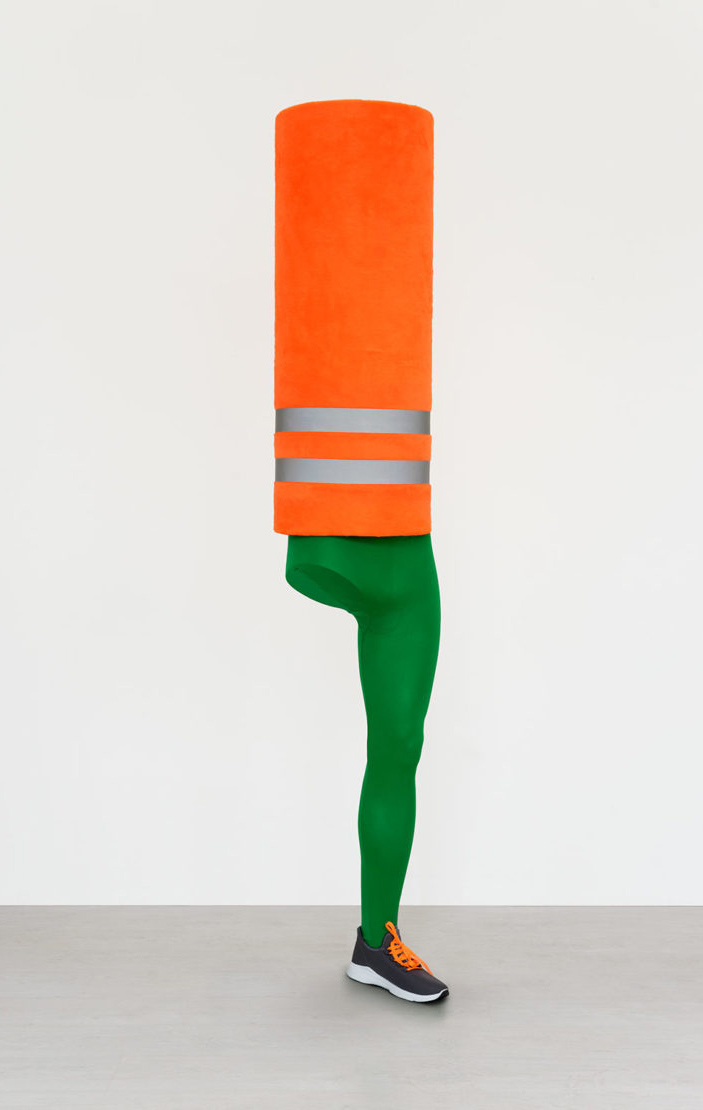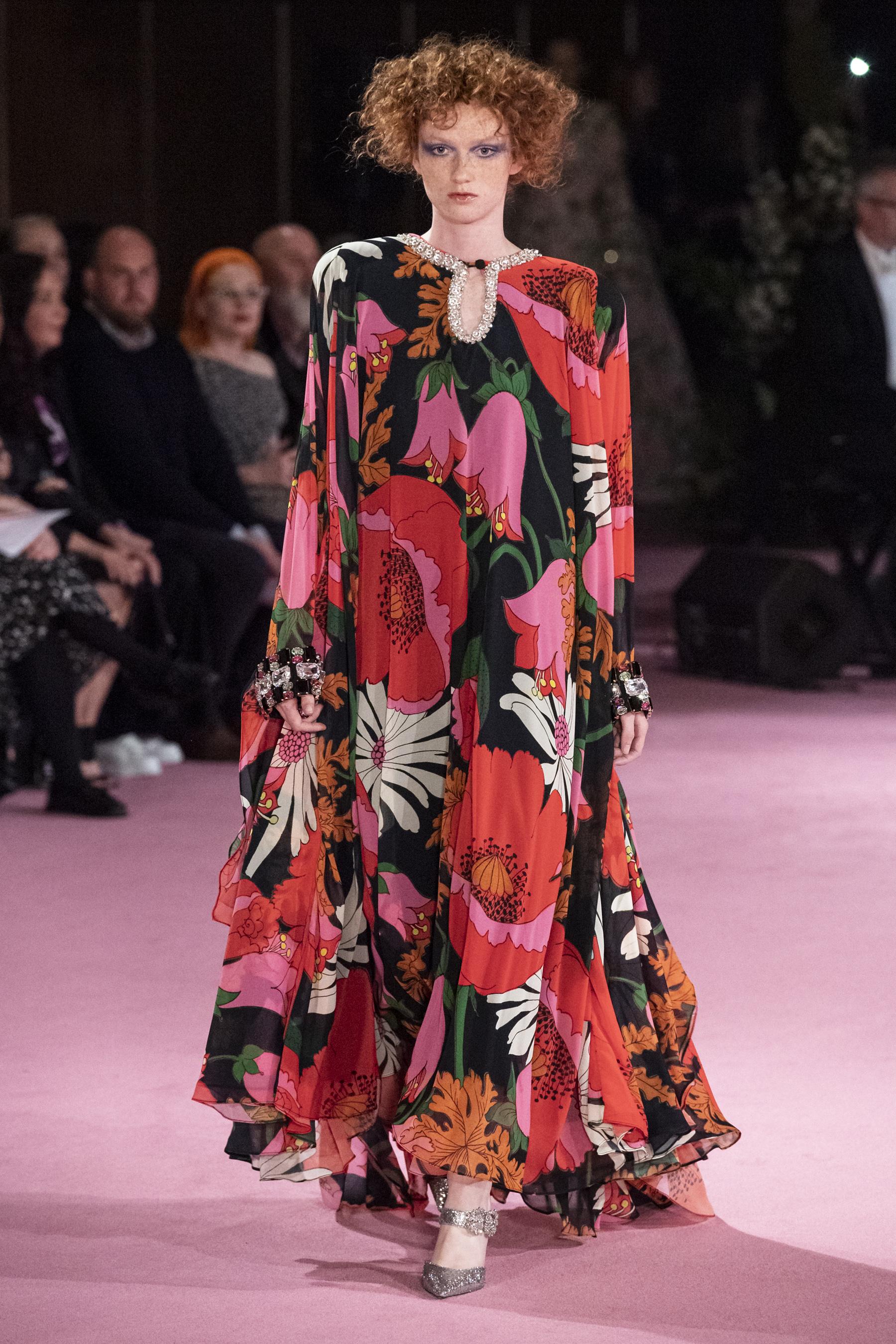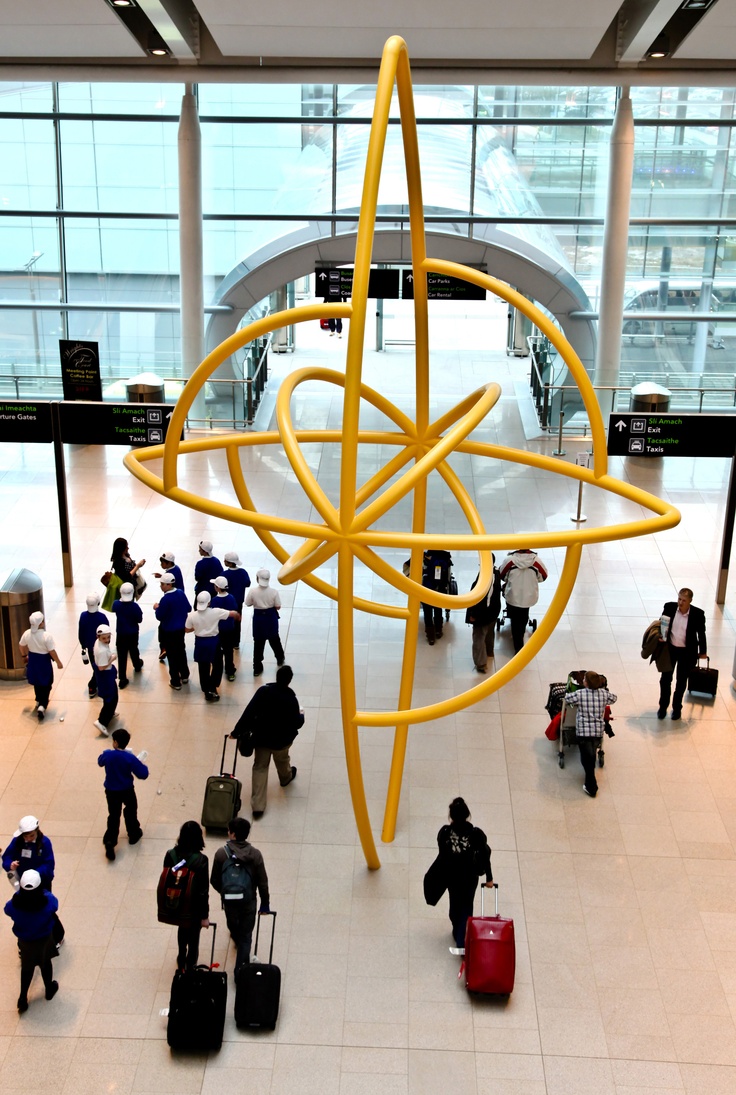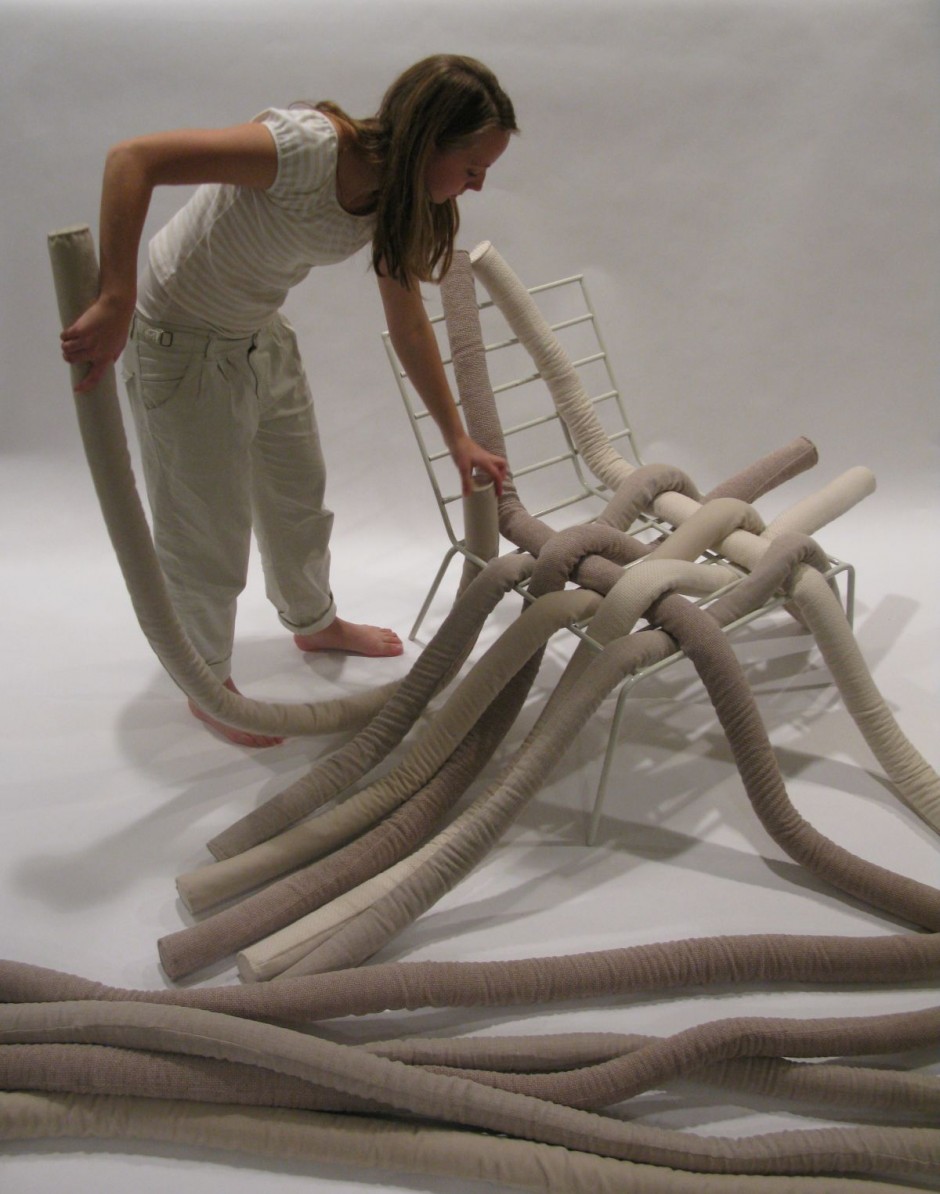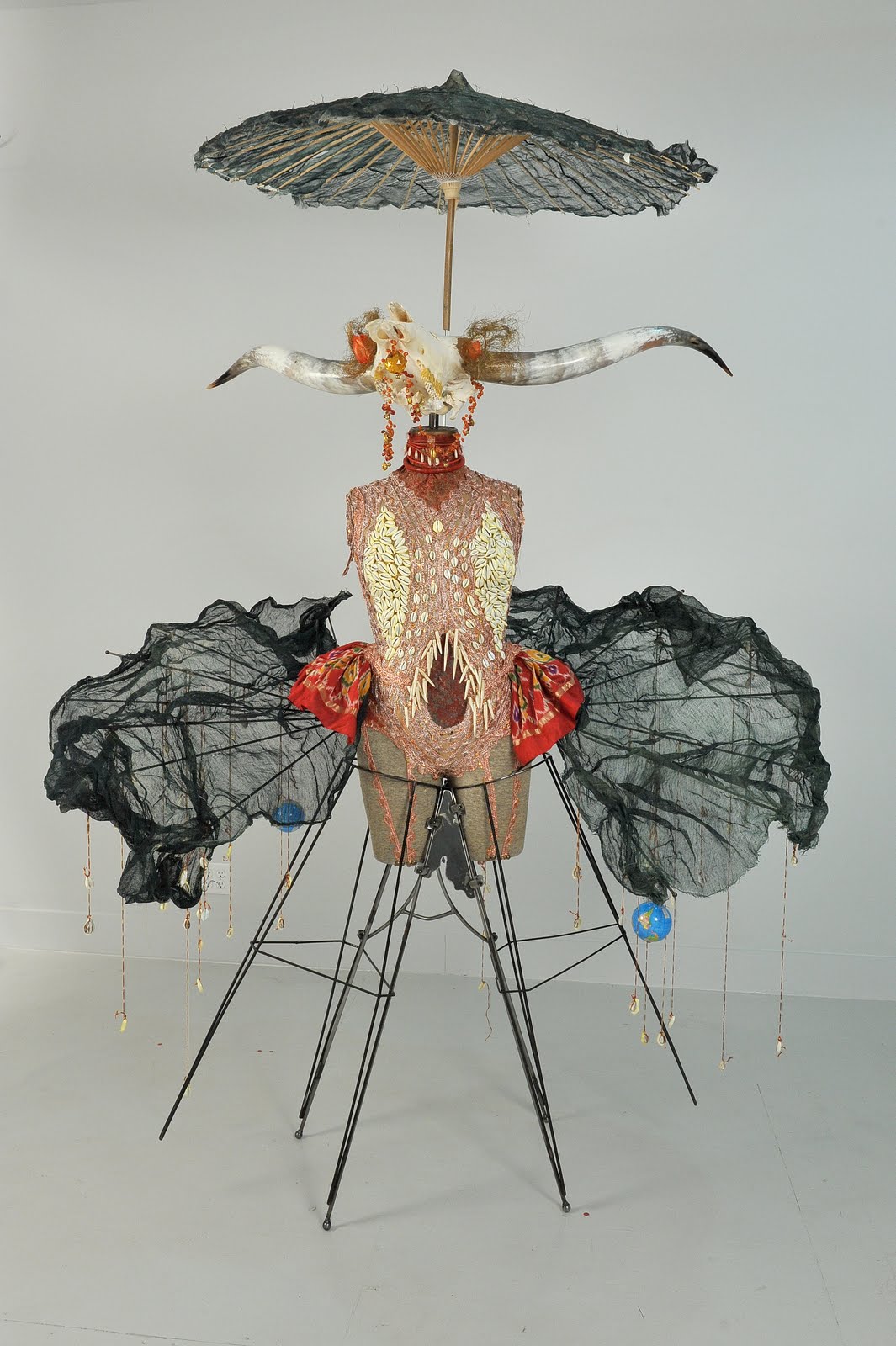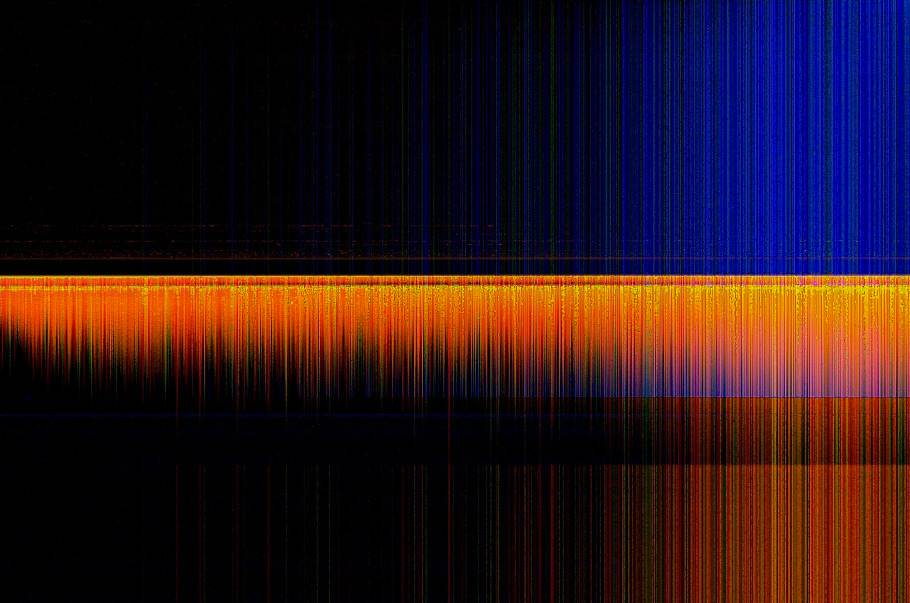
Clara Daguin
Oracle Collection
The performance centered around ORACLE, a digital palm reading given by model and iconic muse Axelle Doué. The surrounding luminous dresses embodying the four elements— air, earth, water, and fire—come alive during the reading, with mirrors reflecting them into infinity. The pieces are crafted from diverse materials, both natural and synthetic. Well beyond typical textiles, Clara Daguin implements optical fibers, pleating, embroidered circuits, addressable LEDs, sculpted resin, home-grown alum stone crystals, Swarovski Elements, silk organza, microcontrollers and radio frequency modules.
